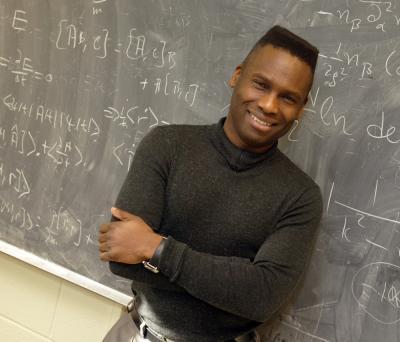While there are still plenty of mysteries in electromagnetics, electrical engineers are sure of one thing; current is carried through materials by flowing electrons.
In physics, Luttinger's theorem states that the number of electrons in a material is the same as the number of electrons in all of its atoms added together. Much-studied conducting materials, such as metals and semiconductors, have held true to the idea.
Until now. For copper-containing superconductors known as cuprates, physicists have found there are not enough electrons to carry the current. In superconductors, current flows freely without resistance and cuprate superconductors have puzzled physicists with their superconducting ability since their discovery in 1987.
In a new study, researchers developed a model outlining the breakdown of Luttinger's theorem that is applicable to cuprate superconductors, since the hypotheses that the theorem is built on are violated at certain energies in these materials. The group tested it and indeed found discrepancies between the measured charge and the number of mobile electrons in cuprate superconductors, defying Luttinger.
"The story of electrical conduction in metals is told entirely in terms of electrons. The cuprates show that there is something completely new to be understood beyond what electrons are doing," said Philip Phillips, a professor of physics and of chemistry at the University of Illinois.

Philip Phillips, a professor of physics and of chemistry at Illinois, and colleagues have found that something other than electrons carry the current in copper-containing semiconductors known as cuprates. Credit: University of Illinois
"This result is telling us that the physics cannot be described by electrons alone," Phillips said. "This means that the cuprates are even weirder than previously thought: Something other than electrons carries the current.
"Theorists have suspected that something like this was true but no one has been able to prove it. Electrons are charged. Therefore, if an electron does not contribute to the charge count, then there is a lot of explaining to do."
Now the researchers are exploring possible candidates for current-carriers, particularly a novel kind of excitation called unparticles.






Comments